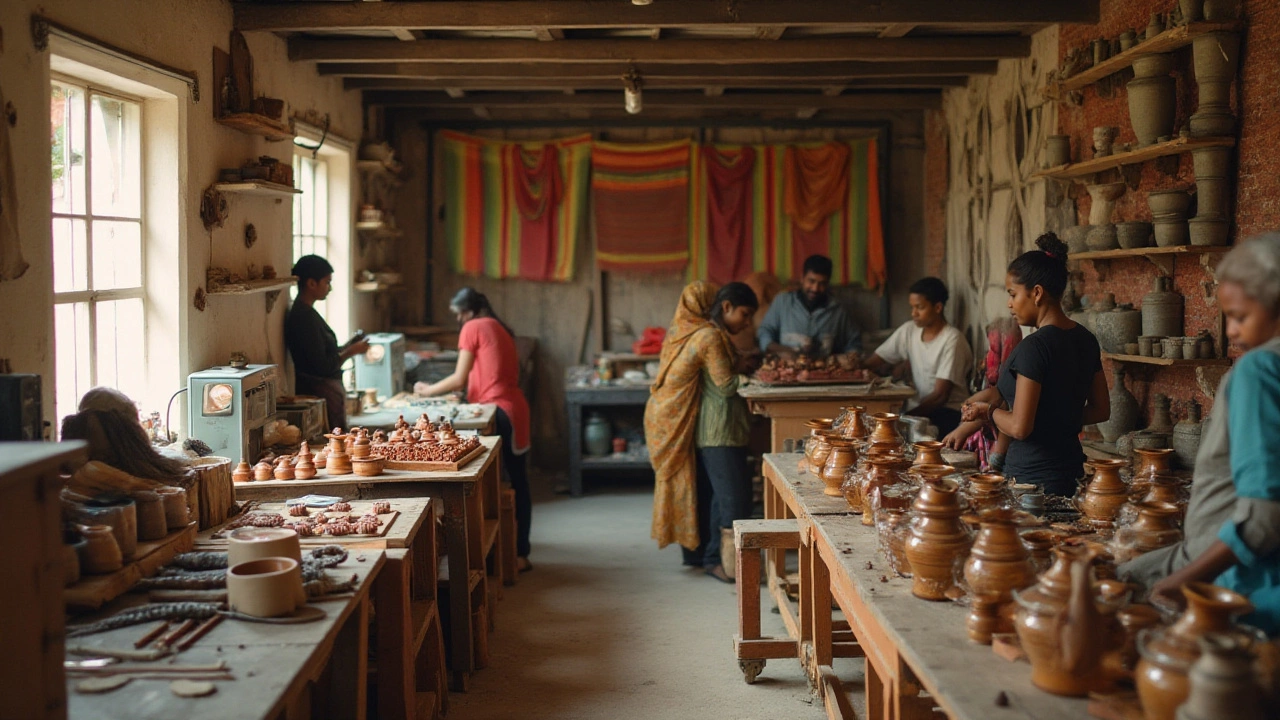Manufacturing Opportunities in India: What’s Hot in 2025
If you’re scanning the market for a place to put your next big idea, India should be at the top of your list. The country’s factories are churning out everything from pharma drugs to plastic parts, and the numbers keep getting better. With a growing middle class, supportive policies, and cheap labor that’s getting more skilled every year, the sweet spot for new projects is widening fast.
High‑Profit Sectors to Watch
Not every manufacturing niche brings the same return. In 2025 the most profitable areas are pharma, electronics, and specialty plastics. The pharma sector alone contributes billions to the GDP, and the top labs are constantly looking for contract partners. Electronics manufacturing benefits from the “Make in India” push, meaning components, assembly lines, and testing services are in high demand. Specialty plastics—think biodegradable polymers or high‑performance resins—command premium prices because they meet strict regulatory standards and niche applications.
Even traditional industries like textiles are seeing a resurgence, especially in hubs like Surat where advanced looms and sustainable dyeing processes cut costs and attract foreign buyers. If you can blend old‑school know‑how with modern tech, you’ll tap into a market that’s both large and eager for better quality.
How Government Schemes Boost Your Venture
The Indian government has rolled out several schemes that make setting up a plant easier and cheaper. For example, the Production‑Linked Incentive (PLI) program offers cash rewards to manufacturers that hit output targets in sectors such as electronics and medical devices. There’s also the Credit Linked Capital Subsidy Scheme (CLCSS) that subsidises up to 15% of the cost for advanced machinery. These incentives cut the upfront spend and improve cash flow, letting you focus on product development instead of paperwork.
Don’t forget state‑level policies. States like Gujarat and Tamil Nadu provide land at reduced rates and fast‑track clearances for projects that create jobs. Checking the local industrial corridor guidelines can unlock additional tax breaks and utility discounts.
To make the most of these schemes, start by mapping your product to the relevant incentive list, then prepare a concise business case that shows projected output and employment numbers. Most agencies respond quickly to well‑structured proposals, and you’ll often get a single‑window clearance that speeds up the whole process.
Bottom line: India’s manufacturing landscape is buzzing with opportunity, but success comes from picking the right sector, leveraging government support, and staying agile enough to adapt to market shifts. Whether you’re a seasoned player or a first‑time entrepreneur, the tools are there—grab them and start building.

The Rising Stars in Small Scale Manufacturing: Trends and Opportunities
Small scale manufacturing is currently witnessing a transformation driven by technology, sustainability, and consumer preference for uniquely crafted products. Entrepreneurs are embracing small batch production of eco-friendly goods, bespoke items, and artisanal foods as demand grows. 3D printing and digital tools are opening doors for innovative designs and personalized solutions, turning small workshops into creative hubs. This article explores the latest trends and opportunities in small scale manufacturing that are setting the business world abuzz.
Read More